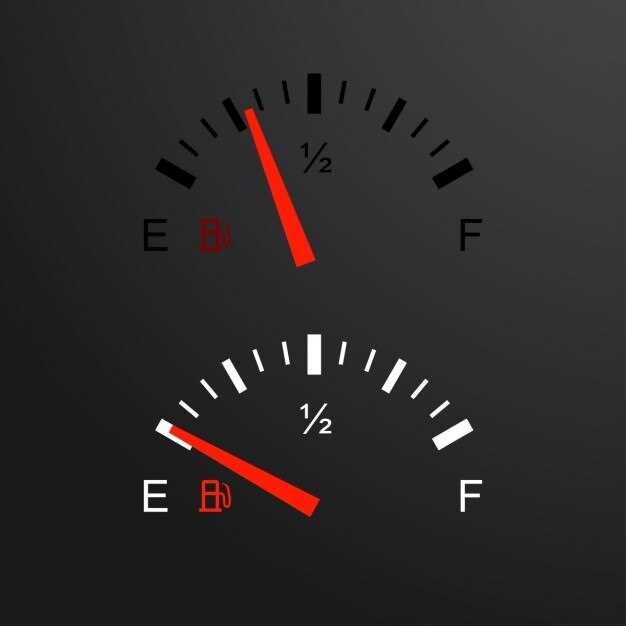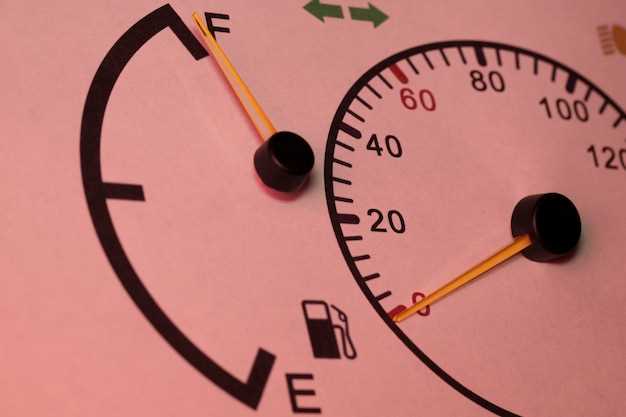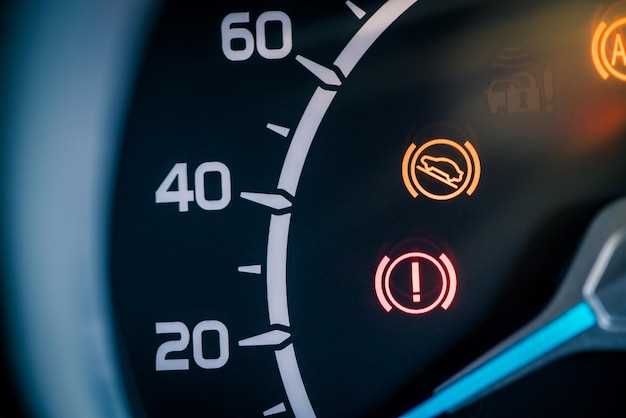

The fuel pressure regulator plays a crucial role in maintaining the proper fuel pressure within the engine’s fuel system. This component ensures that the injectors receive the correct amount of fuel at the appropriate pressure, allowing for optimal engine performance. However, when the fuel pressure regulator begins to malfunction, a variety of issues can arise, negatively impacting the functionality of the fuel injection system.
One of the most noticeable signs of a failing fuel pressure regulator is irregular fuel pressure readings. If the pressure is too high or too low, it can lead to poor engine performance, misfires, or even stalling. Furthermore, a malfunctioning regulator may cause fuel to leak, either into the intake manifold or outside the vehicle, which can result in reduced fuel efficiency and potential fire hazards.
In addition to these symptoms, drivers may experience rough idling or difficulty starting the engine. When the injectors are not receiving the proper fuel pressure, the combustion process becomes erratic, resulting in less efficient operation. Identifying these signs early can help prevent more severe engine problems and costly repairs, highlighting the importance of monitoring the fuel pressure regulator’s performance.
Identifying Fluctuating Fuel Pressure Symptoms

A malfunctioning fuel pressure regulator can lead to a variety of issues, particularly regarding fluctuating fuel pressure. Recognizing these symptoms early can save you from costly repairs and ensure your vehicle runs efficiently. Here are some key signs that indicate fuel pressure instability:
- Engine Performance Problems:
- Difficulty in starting the engine
- Engine misfires during acceleration
- Unusual stalling or hesitation while driving
- Fuel Injector Issues:
- Inconsistent fuel delivery to the injectors
- Clogged or damaged fuel injectors due to pressure spikes
- Increased fuel consumption, leading to poor mileage
- Check Engine Light:
- Illumination of the check engine light due to erroneous sensor readings
- Error codes related to fuel pressure may be triggered
- Fuel Leaks:
- Visible fuel leaks around the regulator area
- Fuel smells near the engine bay, indicating pressure loss
- Loss of Power:
- Significant power loss during acceleration
- Inconsistent engine power output
If you notice any of these symptoms, it is crucial to have your vehicle inspected by a professional mechanic. They can diagnose the specific issues related to the fuel pressure regulator and recommend appropriate solutions to restore optimal fuel system performance.
Recognizing Injector Issues Linked to Fuel Regulation

Fuel injectors play a critical role in the proper functioning of an engine by delivering the right amount of fuel into the combustion chamber. However, when there are malfunctions in the fuel pressure regulation system, issues with the injectors often arise. These injector problems can be traced back to improper fuel pressure readings, leading to either over or under-fueling scenarios.
One of the primary signs of injector issues linked to fuel regulation is inconsistent engine performance. If a fuel pressure regulator fails, it can cause fluctuations in pressure that lead to uneven fuel delivery. This may result in misfires, rough idling, or a noticeable lack of power during acceleration. Drivers may also experience stalls or difficulty starting the engine, highlighting a direct connection between fuel pressure inconsistencies and injector functionality.
Another indicator of injector problems is excessive fuel consumption. When the fuel pressure is not adequately regulated, injectors may remain open longer than necessary, injecting too much fuel into the engine. This can cause a significant drop in fuel efficiency and may trigger the check engine light due to erroneous readings in the system. Observing a decrease in miles per gallon could suggest that the fuel pressure regulator and injectors are not operating correctly.
A thorough inspection of fuel injectors is recommended if any abnormal symptoms arise. Clogged or leaking injectors can also exacerbate issues stemming from improper fuel pressure. Regular maintenance and timely replacements of the fuel pressure regulator, along with the injectors, can prevent potential complications and ensure that the engine operates smoothly and efficiently.
Diagnosing Performance Problems Due to Pressure Imbalances
When it comes to the performance of modern vehicles, the fuel system plays a crucial role. A malfunctioning fuel pressure regulator can lead to a variety of pressure imbalances that impact the entire fuel delivery system. Proper diagnosing of these issues is essential to maintain optimal engine function.
One of the first signs of pressure imbalances is poor engine performance, which can manifest as a lack of power or poor acceleration. These symptoms often arise when the fuel pressure is either too high or too low. If the pressure is too high, it can overwhelm the fuel injector, causing it to deliver excessive fuel. This results in a rich mixture, leading to rough idling and increased emissions.
Conversely, low fuel pressure can starve the injector, preventing enough fuel from reaching the combustion chamber. This condition often results in engine hesitation or stalling, particularly during acceleration. Diagnosing these issues requires monitoring the fuel pressure with a gauge to ensure it falls within the manufacturer’s specified range.
Additionally, irregular pressure readings can lead to performance issues with the vehicle. An intermittent fuel flow can affect the injector’s ability to atomize fuel properly, leading to inconsistent engine performance. When diagnosing such issues, it’s essential to check for clogged fuel filters and faulty fuel pumps, as these can also contribute to pressure imbalances.
In conclusion, understanding the relationship between fuel pressure and injector performance is critical for diagnosing and addressing engine performance problems. By systematically checking for pressure imbalances and their effects on the fuel system, you can identify the root cause of issues and take appropriate corrective actions.






